8.8 /10 1 Votes8.8
Engine Alchemy Initial release date 29 July 2010 | 4.4/5 Emuparadise Mode(s) Single-player | |||||||||||||||||||||||||||||||||
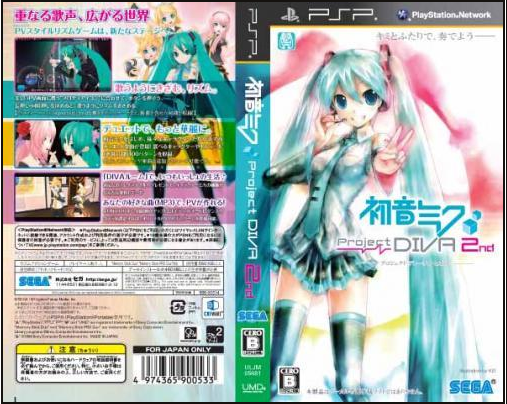 | ||||||||||||||||||||||||||||||||||
Similar Hatsune Miku: Project DIVA games, Rhythm games, Other games | ||||||||||||||||||||||||||||||||||
Hatsune Miku: Project DIVA 2nd (初音ミク -Project DIVA 2nd-) is a 2010 rhythm game created by Sega and Crypton Future Media for the PlayStation Portable. The game is a sequel to the 2009 video game, Hatsune Miku: Project DIVA, and was first released on July 29, 2010 in Japan with no international release. Like the original the game primarily makes use of Vocaloids, a series of singing synthesizer software, and the songs created using these vocaloids most notably the virtual-diva Vocaloid Hatsune Miku. In addition, similar to the first Dreamy Theater, a companion game Hatsune Miku: Project DIVA Dreamy Theater 2nd that allows players to play the game on the PlayStation 3 with improved visuals.
Contents

Gameplay
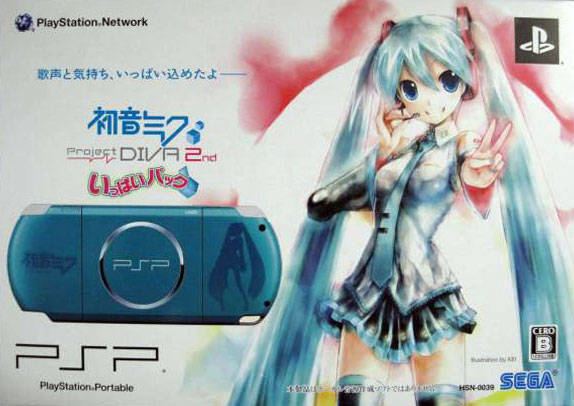
The game primarily uses the same gameplay mechanics from the original game albeit with several changes. Most notable of which is that the game now uses the D-pad (arrow buttons) and a "hold and release" function for the face buttons in addition to the normal gameplay. Similar to the symbols of the first game, the game now includes colored arrows for example a blue arrow pointing downwards, this indicates that the player has to press "down" on the D-Pad and the "Cross" face button at the same time. The game also add a fourth difficulty, Extreme, to songs that is more difficult than the hard difficulty in the first game. The game will also introduce duets, as compared to only having solo songs in the first game, thus allowing players to select two modules instead. This also carries on into the Edit Mode of the game allowing players to create PVs for duets with two modules in them.
Song list
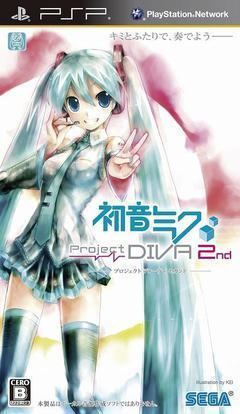
There are a total of 66 songs available in Hatsune Miku: Project Diva 2nd. 47 songs (28 new and 19 old) are obtained normally by playing through the game, 9 songs are only available through Edit Mode, and 10 songs need to be purchased from the PlayStation Network.
DLC
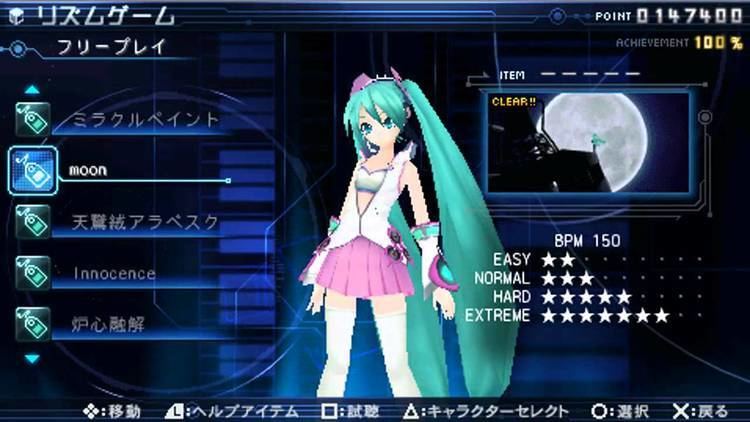
Various packs of DLC were released for Project DIVA 2nd, including new modules, new rooms, new room items, and new songs and stages.
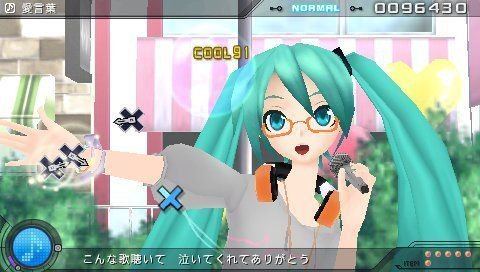
Dreamy Theater 2nd
On August 4, 2011 Sega released Project DIVA Dreamy Theater 2nd to the Japanese PlayStation Network Store for PlayStation 3 users. The game is similar to the Dreamy Theater add-on for the first Project DIVA in that it contains the same content as the PSP version of Project DIVA 2nd but has much higher detailed graphics and is rendered on the PS3's GPU in 720p. Notable differences from the first Dreamy Theater game are that the player need only connect their PSP system once to transfer a save file rather than having it constantly connected via USB cable, as well as the addition of stereoscopic 3D for compatible TVs. Once the game has been unlocked by transferring a save file, all unlocked content from the player's PSP system will be available to play along with the songs from the first Project DIVA game as an added bonus.
